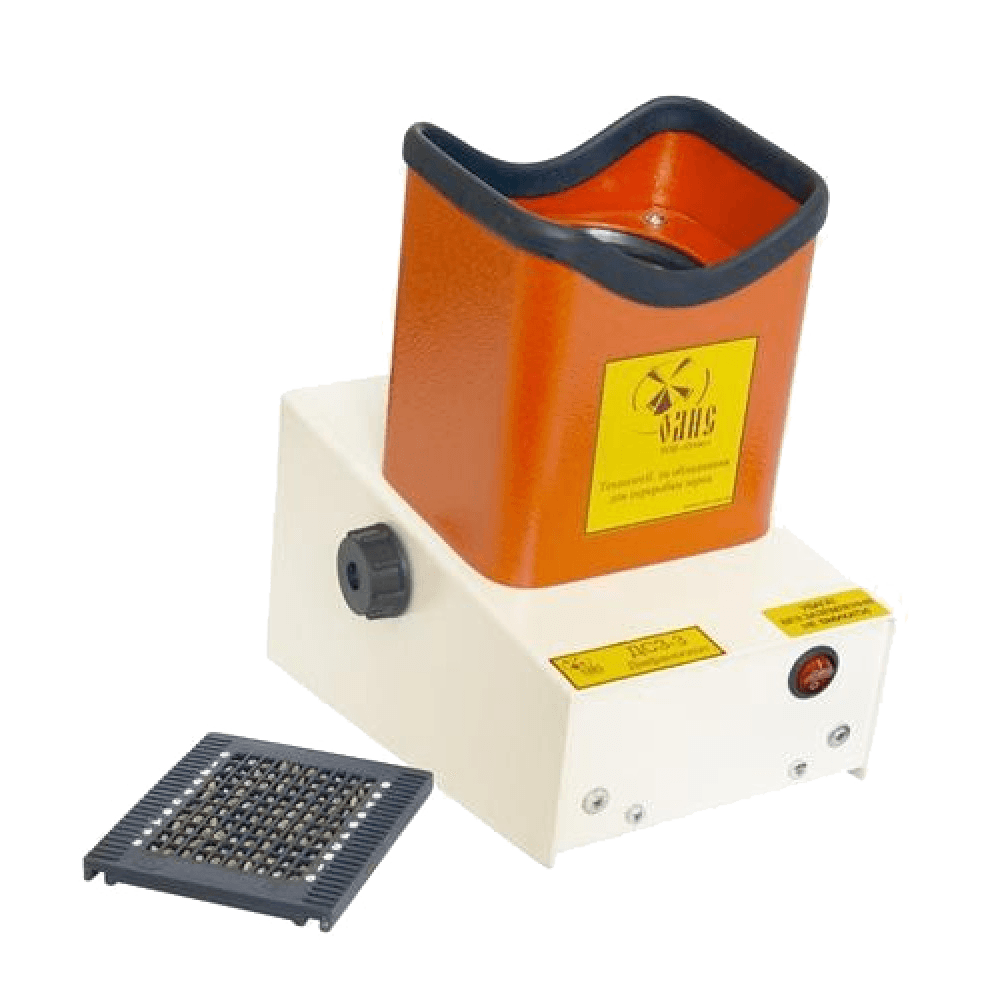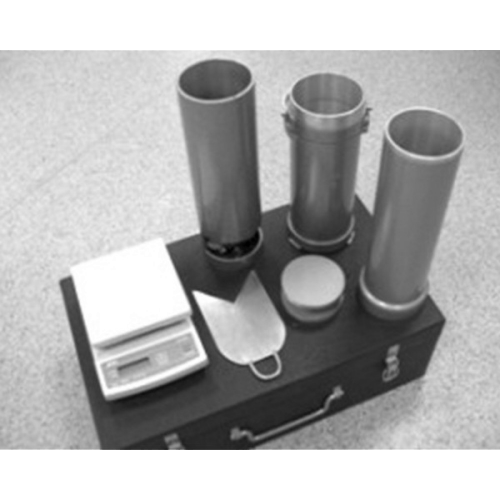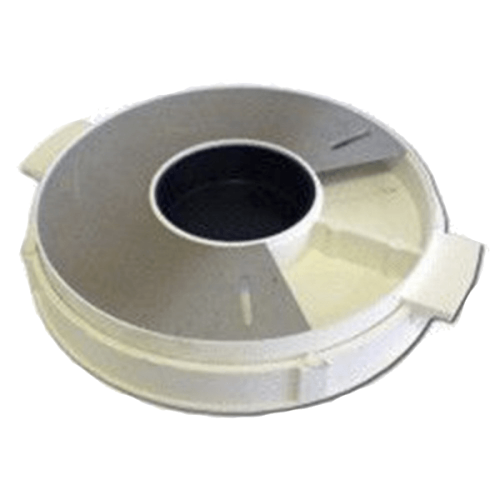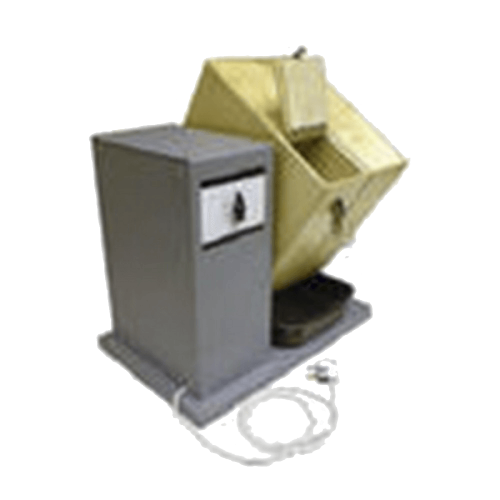Description
When assessing the quality of grain (wheat, barley), the glassiness index is taken into account without fail, which indicates the nature of the grains – starchy or proteinaceous. If vitreous grains predominate in a batch of wheat of the same size, this indicates high baking qualities; if starchy grains dominate, it is more reasonable to use such products in bakery as an additive to varieties richer in proteins.
To determine the vitreousness of grains, a DSZ-3 photoelectric diaphanoscope is used, which allows very quickly and with high accuracy of results to analyze grain products based on certain optical properties.
This instrument has been successfully used:
- at flour mills, grain-receiving enterprises, including factory laboratories;
- at any enterprises and organizations of the agricultural sector, where there is a need to assess the quality of grain in terms of vitreousness;
- in testing centers, specialized research institutes and other research organizations;
- in the work of supervisory authorities.
The operation of the DSZ-3 diaphanoscope is based on the different ability of vitreous/powdery grains to transmit light radiation through itself. The device makes it possible to carry out an analysis using an express method, controlling the grain flow under any conditions: in a pile on a current and in a combine bunker, when loading into a freight car or receiving at a grain receiving point.





